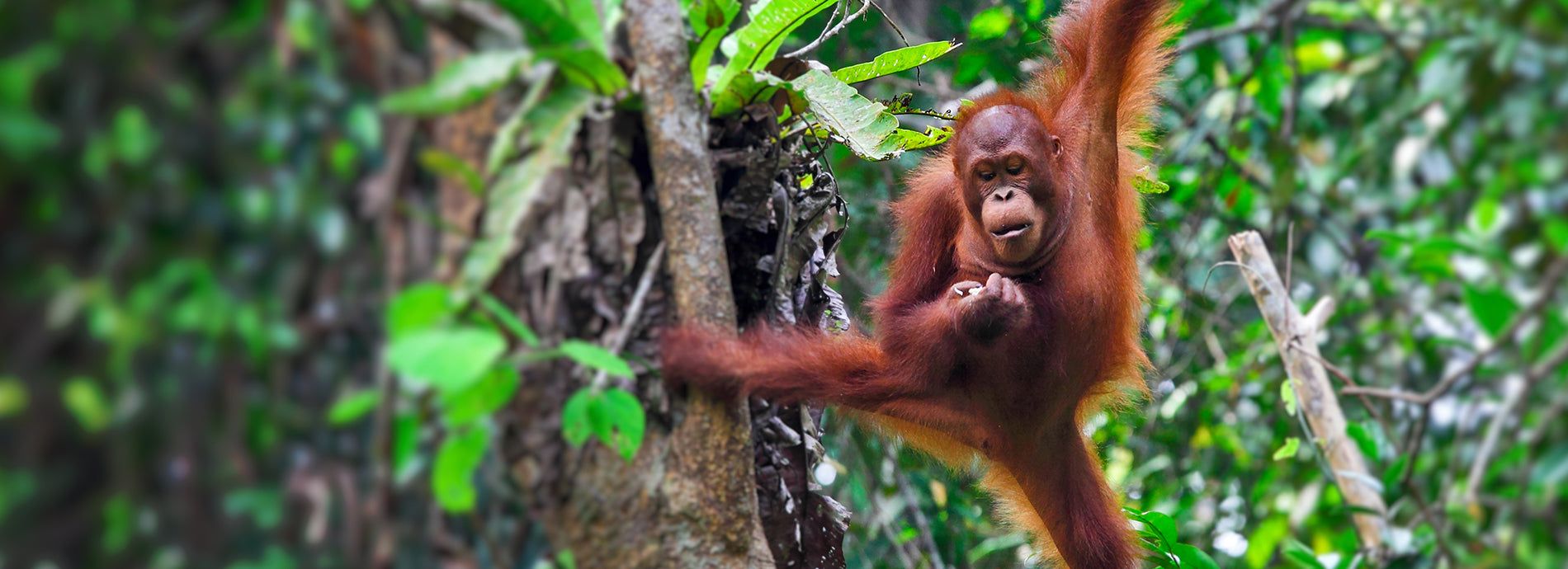You are about to leave the Herb Pharm website. The website will open in a new browser window.
Please select "OK" to continue to the website, or close this box to return to Herb-Pharm.com.

Daily WellnessFeb 2, 2022
We extract most of our herbs with Certified Organic alcohol, but we also make alcohol-free products, including our Kids line formulated especially for children. In place of alcohol, we use glycerin, a thick, syrupy liquid that naturally tastes sweet but contains no sugar. Although it is technically classified as a carbohydrate, it is not a sugar and it does not affect blood glucose. That makes glycerin a valuable ingredient. We use it in small amounts in our custom menstruum blends, to improve flavor and the stability of certain herbs. We also use glycerin to make unique products for people who want an alternative to alcohol-based extracts.
Most commonly, glycerin is made from Palm. However, several years ago, we made the decision to find an alternative that better aligns with our root values of honoring plants, people and planet.
We now use Certified Organic, non-GMO glycerin made from organic vegetables. While glycerin from Palm is less expensive, as you’ll learn, it costs Nature dearly. When we first found Palm-free glycerin, it cost 10 times as much, though demand has brought the price down. However, after learning about the environmental costs of using a tropical plant that puts the habitat of endangered species at risk, we knew we had to make a change.
Palm is a valued plant in the regions where it grows naturally. Palm fruit and oil have a rich history of use in herbalism and cuisines across West Africa and Asia. There, Palm trees are part of the native habitat and serve as a valuable food source. According to the International Union for Conservation of Nature, about half of the world’s population uses Palm oil for cooking.
The problem lies in global demand, not in traditional use. Demand for Palm outside of its native regions has increased exponentially. Between 1980 and 2014, production of Palm oil rose 15-fold, and continued expansion of industrial Palm production could impact 54% of all threatened species of mammals — and 64% of at-risk birds.
Palm is used to make glycerin, as well as products like margarine and candy. It’s found in cosmetics, biofuels and cleaning products, too. This versatile plant became popular as an alternative to both petroleum and trans fats.
Head to your bathroom cabinet, and you’ll likely find Palm-based glycerin in toothpaste, lotion, soap and makeup. In the kitchen, it’s in your chocolate chips, your ice cream, your vegan butter alternative and your shelf-stable baked goods.
Global demand has led to deforestation and, thus, decreased biodiversity in regions like Indonesia, leaving animals without a home. To honor the Earth and the cultures that value Palm as an ingredient, we decided to find another option for our glycerin.
For us, switching from Palm-based glycerin to vegetable glycerin was no different than deciding not to use wild Goldenseal, creating a sanctuary for monarch butterflies or sounding the alarm about vulnerable herbs.
Deforestation to make way for industrial Palm tree farms is the top cause of deforestation in Southeast Asia, for example. In Indonesia alone, the endangered orangutan population has dwindled to a third of what it was a century ago — only about 112,000 remain.
And they’re not the only species at risk. The IUCN Red List of Threatened Species estimates that 193 species are threatened by industrial Palm farms and deforestation.
Since 1979, we’ve been guided by our root values, working to do what’s right for community and nature. Finding an alternative to Palm glycerin — to help save the orangutans and other animals — was the right thing to do.
Don't forget! Check your Rewards account for coupons.
CHECKOUTYou are about to leave the Herb Pharm website. The American Association of Naturopathic Physicians website will open in a new browser window.
Please select "OK" to continue to the American Association of Naturopathic Physicians website, or close this box to return to Herb-Pharm.com.
You are about to leave the Herb Pharm website. The website will open in a new browser window.
Please select "OK" to continue to the website, or close this box to return to Herb-Pharm.com.